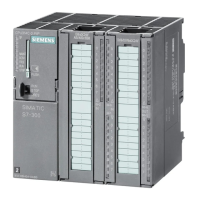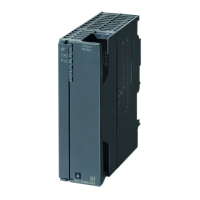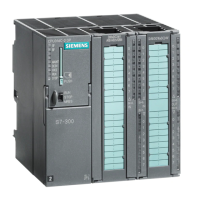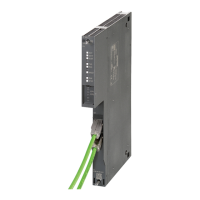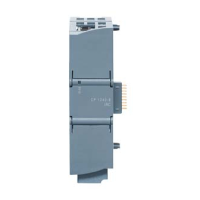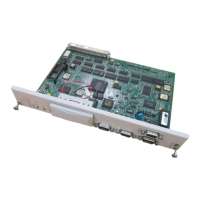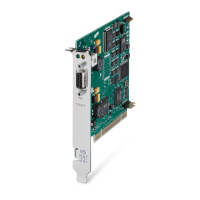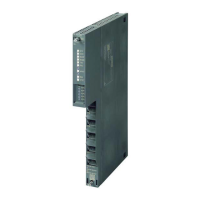Configuring
4.9 Electrical assembly, protective measures and grounding
S7-300, CPU 31xC and CPU 31x: Installation
4-22 Operating Instructions, Edition 08/2004, A5E00105492-05
Measures for protective grounding
The table below shows an overview of the most important measures for protective
grounding.
Table 4-8 Measures for protective grounding
Device Measures
Cabinet / mounting frame Connection to central ground (equipotential busbar, for example)
using cables with protective conductor quality
Rack / mounting rail Connection to central ground, using cables with a minimum cross-
section of 10 mm
2
, if the rails are not installed in the cabinet and not
interconnected with larger metallic parts.
Module None
I/O Device Grounding via grounding-type plug
Sensors and final control
elements
Grounding in accordance with regulations applying to the system
Rule: Connect the cable shielding to ground
You should always connect both ends of the cable shielding to ground / system ground. This
is the only way to achieve an effective interference suppression in the higher frequency
range.
Attenuation is restricted to the lower frequency range if you connect only one end of the
shielding (that is, at the start or end of the cable) to ground. One-sided shielding connections
could be more favorable in situations
• not allowing the installation of an equipotential bonding conductor,
• where analog signals (some mA or A) are transferred,
• or if foil shielding is used (static shielding).
Note
Potential differences between two grounding points might cause an equipotential current
flow across shielding connected at both ends. In this case, you should install an
additional equipotential bonding conductor.
Caution
Always avoid the flow of operating current to ground.

